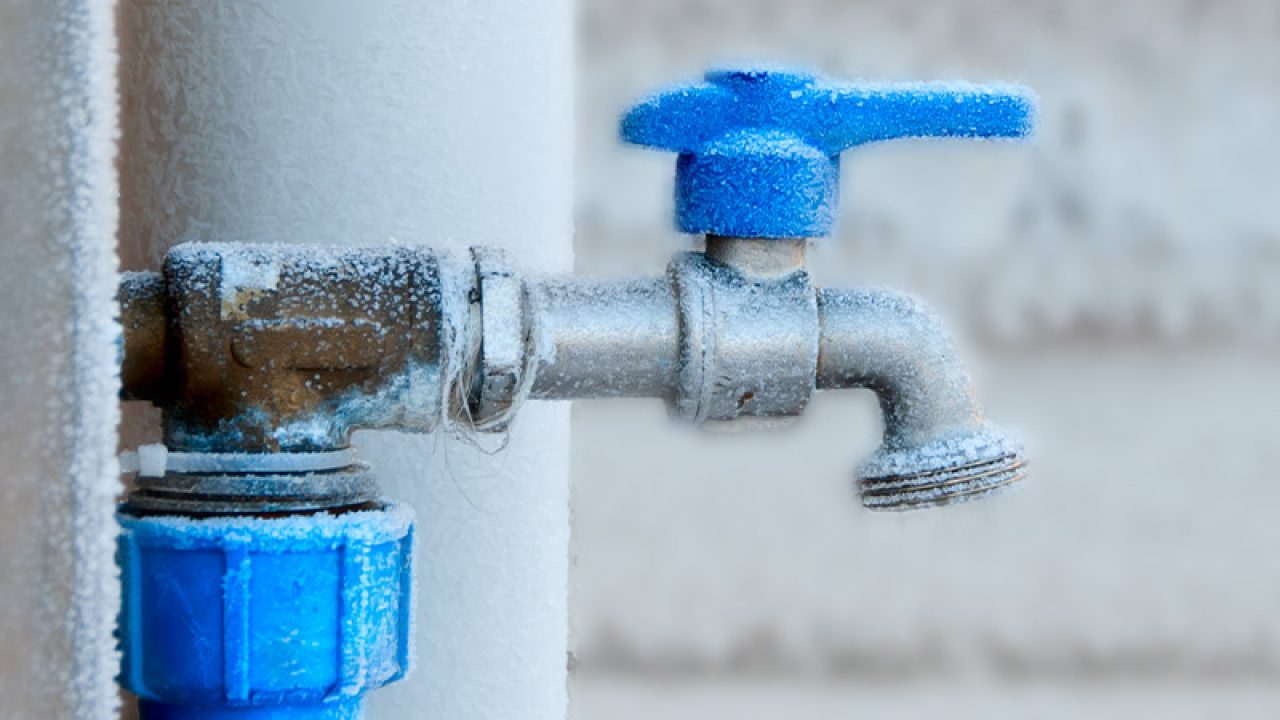Preventing Frozen Pipes in Winter: Critical Tips
Call TodayThey are making a few great observations relating to Preventing and dealing with frozen pipes overall in this great article beneath.

Winter can damage your plumbing, specifically by freezing pipes. Below's exactly how to avoid it from happening and what to do if it does.
Intro
As temperatures decline, the risk of frozen pipes rises, potentially leading to expensive repairs and water damages. Understanding exactly how to stop frozen pipelines is important for home owners in cool climates.
Comprehending Icy Pipelines
What triggers pipelines to ice up?
Pipelines freeze when subjected to temperature levels listed below 32 ° F (0 ° C) for expanded periods. As water inside the pipes ices up, it broadens, putting pressure on the pipeline walls and possibly causing them to rupture.
Risks and damages
Icy pipes can result in water disruptions, residential or commercial property damage, and costly repair work. Burst pipelines can flood homes and cause extensive architectural damage.
Indicators of Frozen Pipes
Determining icy pipelines early can stop them from bursting.
How to determine frozen pipes
Try to find reduced water circulation from faucets, unusual smells or sounds from pipes, and visible frost on subjected pipes.
Prevention Tips
Shielding at risk pipelines
Cover pipes in insulation sleeves or utilize heat tape to protect them from freezing temperature levels. Concentrate on pipes in unheated or exterior areas of the home.
Home heating methods
Keep indoor areas sufficiently heated, specifically areas with pipes. Open closet doors to enable cozy air to distribute around pipelines under sinks.
Safeguarding Exterior Plumbing
Yard hoses and outside taps
Disconnect and drain pipes yard hoses before winter months. Install frost-proof spigots or cover exterior taps with insulated caps.
What to Do If Your Pipes Freeze
Immediate actions to take
If you presume icy pipelines, maintain taps open to ease stress as the ice thaws. Utilize a hairdryer or towels taken in hot water to thaw pipes slowly.
Long-Term Solutions
Structural adjustments
Consider rerouting pipes far from outside wall surfaces or unheated areas. Add added insulation to attics, basements, and crawl spaces.
Updating insulation
Purchase top notch insulation for pipelines, attics, and wall surfaces. Correct insulation aids preserve consistent temperatures and decreases the risk of frozen pipelines.
Conclusion
Protecting against icy pipelines requires proactive measures and fast actions. By recognizing the reasons, indicators, and preventive measures, homeowners can secure their pipes during winter.
6 Proven Ways to Prevent Frozen Pipes and Protect Your Home
Disconnect and Drain Garden Hoses
Before winter arrives, start by disconnecting your garden hoses and draining any remaining water. Close the shut-off valves that supply outdoor hose bibs and leave the outdoor faucet open to allow any residual water to drain. For extra protection, consider using faucet covers throughout the colder months. It’s also important to drain water from any sprinkler supply lines following the manufacturer’s directions.
Insulate Exposed Pipes
Insulating your pipes is an effective way to prevent freezing. Pipe insulation is readily available at home improvement stores and is relatively inexpensive. Pay close attention to pipes in unheated areas such as the attic, basement, crawl spaces, or garage. Apply foam insulation generously to create a buffer against the cold. You can also wrap your pipes in heat tape or thermostat-controlled heat cables for added warmth.
Seal Air Leaks
Inspect your home for any cracks or openings that could let in cold air. Seal any holes around the piping in interior or exterior walls, as well as the sill plates where your home rests on its foundation. Additionally, make sure to keep your garage door closed unless you’re entering or exiting. Leaving it open creates a significant air leak that can lead to frozen pipes.
Allow Warm Air Circulation
During cold snaps, it’s essential to allow warm air to circulate evenly throughout your home. Leave interior doors ajar to promote better airflow. Open kitchen and bathroom cabinets to help distribute heat consistently around the rooms. If you have small children or pets, be sure to remove any household chemicals or potentially harmful cleaners from open cabinets for safety.
Let Faucets Drip
A small trickle of water can make a big difference in preventing ice formation inside your pipes. When temperatures drop significantly, start a drip of water from all faucets served by exposed pipes. This continuous flow helps prevent the water from freezing. Additionally, running a few faucets slightly can relieve pressure inside the pipes, reducing the chances of a rupture if the water inside does freeze.
https://choateshvac.com/6-proven-ways-to-prevent-frozen-pipes-and-protect-your-home/

I found that write up about Winter Plumbing Precautions: Preventing Frozen Pipes when browsing the search engines. Liked our blog posting? Please quickly share it. Help others discover it. We take joy in your readership.
Call Today